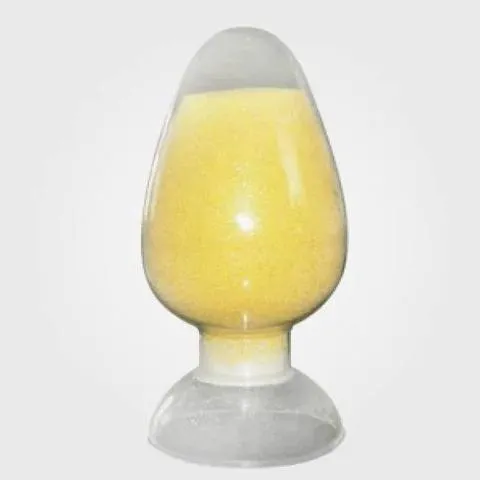 Email: sale@hebeidisha.com
Email: sale@hebeidisha.com
 Tel: +86 13315186550
Tel: +86 13315186550
- Afrikaans
- Albanian
- Amharic
- Arabic
- Armenian
- Azerbaijani
- Basque
- Belarusian
- Bengali
- Bosnian
- Bulgarian
- Catalan
- Cebuano
- China
- China (Taiwan)
- Corsican
- Croatian
- Czech
- Danish
- Dutch
- English
- Esperanto
- Estonian
- Finnish
- French
- Frisian
- Galician
- Georgian
- German
- Greek
- Gujarati
- Haitian Creole
- hausa
- hawaiian
- Hebrew
- Hindi
- Miao
- Hungarian
- Icelandic
- igbo
- Indonesian
- irish
- Italian
- Japanese
- Javanese
- Kannada
- kazakh
- Khmer
- Rwandese
- Korean
- Kurdish
- Kyrgyz
- Lao
- Latin
- Latvian
- Lithuanian
- Luxembourgish
- Macedonian
- Malgashi
- Malay
- Malayalam
- Maltese
- Maori
- Marathi
- Mongolian
- Myanmar
- Nepali
- Norwegian
- Norwegian
- Occitan
- Pashto
- Persian
- Polish
- Portuguese
- Punjabi
- Romanian
- Russian
- Samoan
- Scottish Gaelic
- Serbian
- Sesotho
- Shona
- Sindhi
- Sinhala
- Slovak
- Slovenian
- Somali
- Spanish
- Sundanese
- Swahili
- Swedish
- Tagalog
- Tajik
- Tamil
- Tatar
- Telugu
- Thai
- Turkish
- Turkmen
- Ukrainian
- Urdu
- Uighur
- Uzbek
- Vietnamese
- Welsh
- Bantu
- Yiddish
- Yoruba
- Zulu
Nov . 24, 2024 01:43 Back to list
adipic acid application
Applications of Adipic Acid
Adipic acid, a dicarboxylic acid with the chemical formula C6H10O4, is a key industrial chemical primarily used in the production of nylon 6,6 and various other chemical compounds. Characterized by its white crystalline structure, adipic acid plays a significant role in several applications, including the manufacturing of plastics, fibers, lubricants, and food additives. This article highlights the diverse applications of adipic acid and its significance in various industries.
1. Nylon Production
One of the most prominent uses of adipic acid is in the production of nylon 6,6. This synthetic polymer, produced through the condensation of adipic acid and hexamethylenediamine, is the backbone of the textile industry. Nylon 6,6 fibers are known for their strength, elasticity, and resistance to abrasion, making them ideal for fabric production. These fibers are used in clothing, carpets, and industrial products. The durability and versatility of nylon make it an essential material in everyday life.
2. Plastic Manufacturing
Beyond textiles, adipic acid is also an important raw material for producing various plastics. It acts as a building block for polyurethanes, which are used in flexible and rigid foams, coatings, adhesives, and elastomers. The application of adipic acid in these contexts allows manufacturers to produce lightweight yet sturdy materials that are crucial in automotive, construction, and consumer goods industries.
Adipic acid is classified as a food additive and is used to provide acidity and enhance flavors in various food products. Its E number is E355, and it is commonly found in products like soft drinks, gelatins, and candies. The acidification properties of adipic acid help preserve the freshness and taste of these items, making it a valuable component in the food processing industry.
adipic acid application

4. Personal Care Products
In the realm of personal care, adipic acid finds its way into cosmetics and skincare formulations. It serves as a pH balancer and stabilizer, contributing to the overall texture and stability of products such as creams, lotions, and shampoos. The compound's functionality ensures that products maintain their quality and effectiveness over time, thereby enhancing consumer satisfaction.
5. Chemical Intermediate
Adipic acid is also a significant chemical intermediate in the synthesis of various other chemicals. It acts as a precursor for products like adipate esters, which are used as plasticizers to improve the flexibility and durability of plastics. Furthermore, adipic acid can be converted into caprolactam, an essential ingredient in producing nylon 6.
6. Green Alternatives
As environmental concerns continue to rise, the production of adipic acid is being scrutinized for its carbon footprint and the emission of greenhouse gases during its manufacturing process. In response, researchers are exploring greener alternatives and bio-based production methods. Innovations aimed at synthesizing adipic acid from renewable resources, such as biomass, suggest a promising future towards sustainability in its applications.
Conclusion
In conclusion, adipic acid is a versatile compound with a multitude of applications across various sectors, including textile, plastics, food, personal care, and chemical industries. Its role in the production of nylon and plastics highlights its significance in modern manufacturing processes. As industry trends shift towards sustainable practices, the future of adipic acid remains bright, with ongoing research aimed at enhancing its production methods for environmental resilience. Understanding the various applications of adipic acid not only emphasizes its importance in our daily lives but also invites further exploration into sustainable alternatives for its production.
Latest news
-
Certifications for Vegetarian and Xanthan Gum Vegetarian
NewsJun.17,2025
-
Sustainability Trends Reshaping the SLES N70 Market
NewsJun.17,2025
-
Propylene Glycol Use in Vaccines: Balancing Function and Perception
NewsJun.17,2025
-
Petroleum Jelly in Skincare: Balancing Benefits and Backlash
NewsJun.17,2025
-
Energy Price Volatility and Ripple Effect on Caprolactam Markets
NewsJun.17,2025
-
Spectroscopic Techniques for Adipic Acid Molecular Weight
NewsJun.17,2025